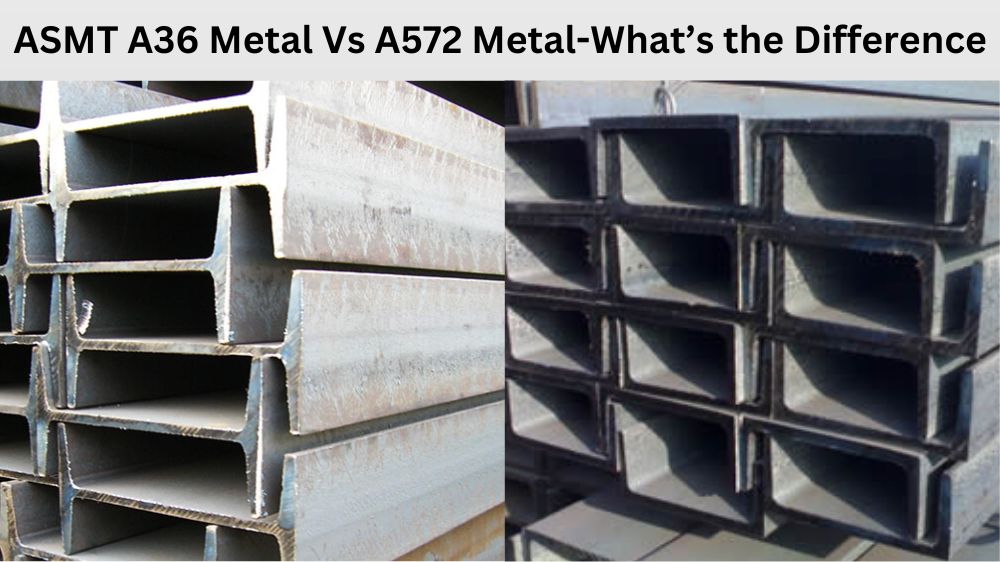
ASMT A36 Metal Vs A572 Metal-What’s the Difference
When selecting the best metal for a project, there are various factors to consider, including strength, welding ability, and cost. Two popular options are ASTM A36 and A572 metals. These two metals have different properties and can be used for different applications depending on your needs. In this guide, we’ll delve into the differences between the two types of metals to help you make an informed decision for your next project and clarify which option caters best to your needs.
Difference Between ASMT A36 Metal And A572 Metal
Chemical Composition
The chemical composition of a metal determines its mechanical properties, such as tensile strength, flexibility, and hardness. ASTM A36 consists of carbon, manganese, phosphorus, sulfur, silicon, and copper, whereas A572 is a low alloy steel containing a blend of five elements: carbon, manganese, phosphorus, sulfur, and silicon. While both metals have similar amounts of carbon and manganese, A572 has slightly higher levels of other elements, making it stronger and more resilient.
Tensile Strength
Tensile strength measures how much stress a material can withstand without breaking. A572 has a high tensile strength of up to 65ksi, while A36 has a lower tensile strength of only 58ksi. The difference in tensile strength implies that A572 can withstand more stress and strain than A36, making it suitable for heavy-duty applications such as bridges, buildings, and machinery.
Welding Ability
Welding is a crucial process in metal fabrication and plays a vital role in the structural integrity of the final product. A36 is more weldable than A572 due to its lower carbon content, making it more versatile in welding. Conversely, A572 has a more complex chemical makeup, which makes it harder to weld. Therefore, A572 is an excellent choice for applications that require minimal welding, while A36 is ideal for projects that require a high degree of weldability.
Cost Consideration
Cost is a crucial factor in selecting a metal for any project. Although A572 has a higher tensile strength and is more resilient than A36, its price is relatively higher than that of A36. Conversely, A36 is more affordable and is typically used for smaller projects or components that require less strength.
Applications
A572 is perfect for applications that require resilience and strength. It is popular in bridges, buildings, heavy-duty machinery, and offshore oil rigs. In contrast, A36 is ideal for projects that require more versatility, such as general construction, manufacturing, and fabrication.
For more information visit Kapilsteel.com
Conclusion:
When comparing ASTM A36 and A572 metals, it is evident that they have unique properties and can be used in different applications. If you’re on a tight budget and require less strength and resilience, A36 is an excellent choice. However, you’re seeking a high-strength metal with minimal welding requirements for your heavy-duty project. In that case, A572 is undoubtedly your go-to option. Ensure you consult with a professional to help you choose the best metal for your project and assess its viability.